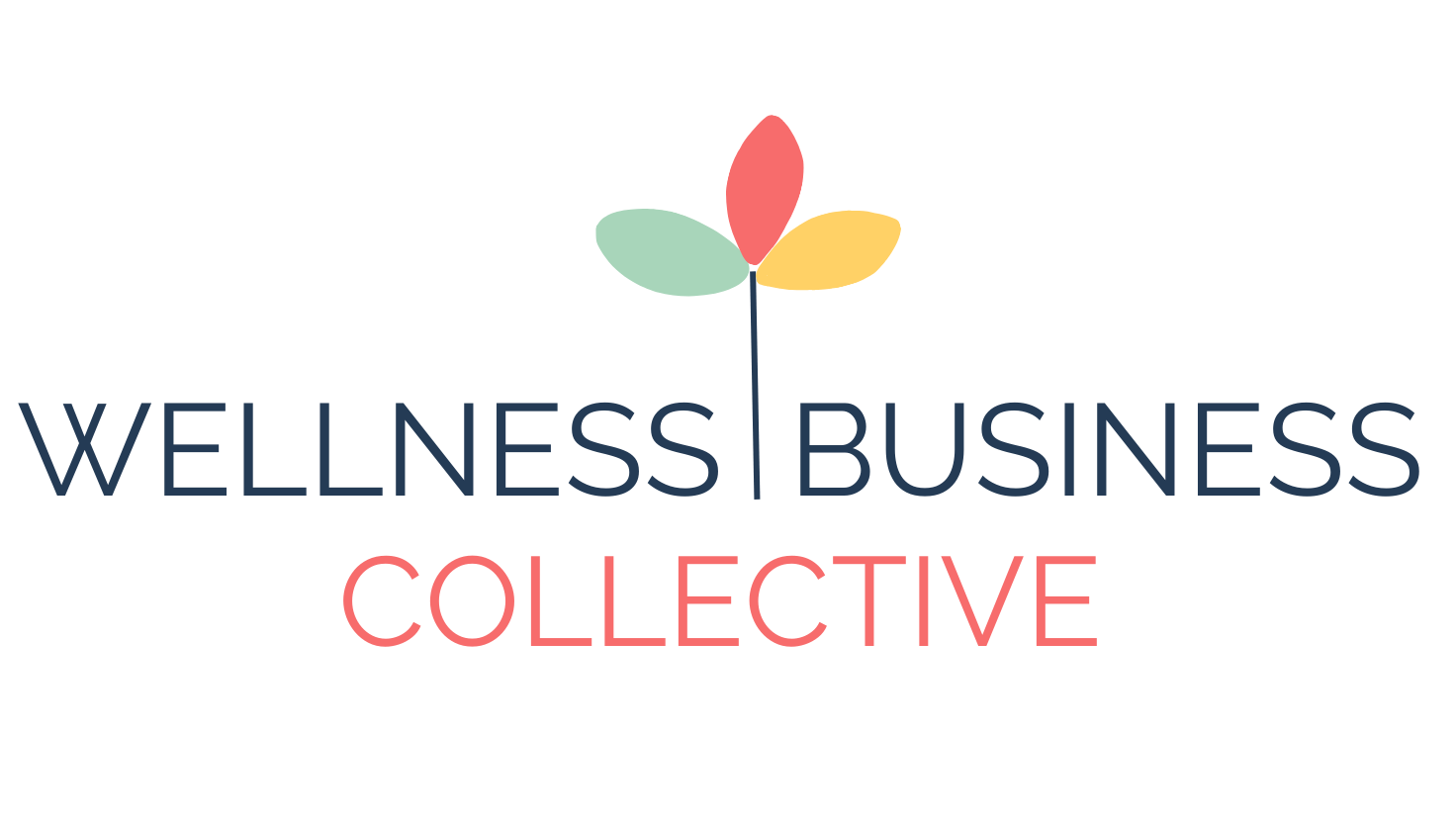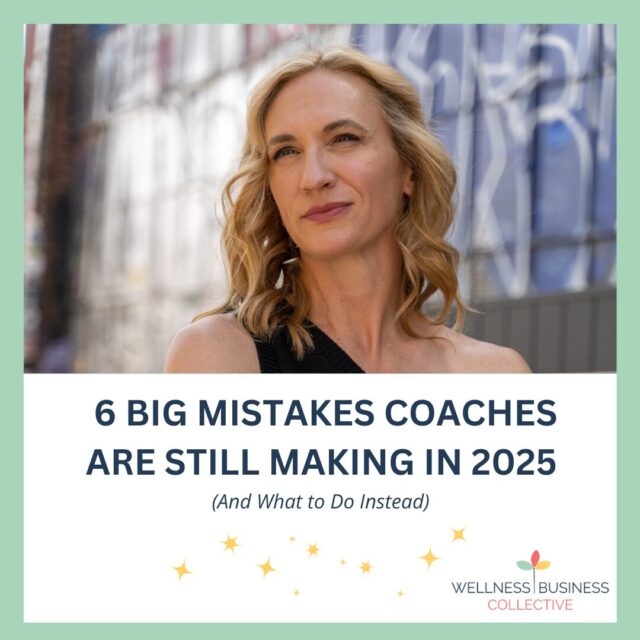How to Nail Your Coaching Pricing (Without the Guilt or Stress!)
💰 Coaching Pricing Without the Guilt: Charge Your Worth & Own It! 💰
If the thought of pricing your coaching packages makes you want to crawl under a weighted blanket and question all your life choices, you’re not alone. Many coaches struggle with pricing because it’s not just about numbers—it’s about self-worth, confidence, and (let’s be real) a little bit of fear that no one will pay.
Let’s fix that. Because spoiler alert: undercharging isn’t noble. It’s just a fast track to burnout. Ready to price your coaching packages in a way that feels GOOD and gets you paid? Let’s do this.
Step 1: Get Clear on the Value You Provide
Before we slap a price tag on your coaching, let’s talk about value—not just the hours you spend on a call, but the transformation you create.
🔥 Clients aren’t paying for your time; they’re paying for RESULTS.
Think about the impact your coaching has on a client’s life. Do you help them find their dream job? Improve their health? Launch a business? That’s priceless. Well, not literally—you still need to put a number on it—but you get the idea.
📝 Action Step: List the biggest transformations your coaching offers and how those results impact your clients long-term. This will help you price based on value, not time.
Step 2: Coaching Pricing for Profit, Not Just ‘Covering Costs’
So many coaches make the mistake of pricing to break even rather than to thrive. Let’s change that narrative.
💡 Rule of Thumb: If your pricing only covers your expenses, you’re running a charity, not a business.
Factor in your expertise, business costs, taxes, and the lifestyle you want. Your price should reflect the level of transformation you offer—not just the hours on Zoom.
🔢 Quick Pricing Formula:
Let’s break it down with actual numbers to hit a $100,000 annual income:
- Desired annual income: $100,000
- Business expenses (software, marketing, etc.): $20,000
- Taxes (estimate 30%): $36,000
- Total revenue needed: $156,000
- Number of clients per year: 20
- Price per client: $156,000 ÷ 20 = $7,800 per client
This means if you offer a 6-month coaching package, you’d charge $7,800 per client to reach your income goal. Adjust the number of clients based on your capacity and offerings.
Step 3: Stop Charging by the Hour (Yes, Really)
Hourly pricing makes sense for babysitters, not coaches. It puts the focus on time rather than transformation. And it leads to clients nitpicking how long things take instead of appreciating the breakthroughs they’re getting.
🚀 Instead, sell coaching packages with clear outcomes. This shifts the focus from ‘hours spent’ to ‘results achieved’—which makes clients more willing to invest.
📝 Action Step: Package your services into 3-6 month programs that give clients a clear roadmap and results.
Step 4: Confidence Is Key to Coaching Pricing Success
You could have the best coaching program in the world, but if you hesitate when saying your price, clients will hesitate to pay it.
💪 Confidence sells. Doubt discounts.
I originally had a price point for a $1,250 monthly coaching package. How did I pick that number? No idea. At the end of the sales call, the client asked how much the monthly package would be, and I froze. I then broke out of my frozen state and, with a dry throat, I started to say, “It’s one thousand, two hundred and fifty dollars.” By the time I got to the end of this ridiculously long price, the Sahara desert had moved into my throat, and I coughed the rest of the number out like it was a fake price or something. I was mortified. I looked at the client in disbelief over what had just happened, and they looked slightly disturbed and frightened. We broke the awkward eye contact, and I packed up my things. Ugh… the worst feeling.
The moral of the story? Do not make your price as long as it takes for a kid at a spelling bee to spell “Mississippi.” Make it short and snappy—like five thousand, or twenty-five hundred.
Practice saying your price out loud like you’re announcing the weather. No nervous energy, no over-explaining, just a simple: “My 3-month coaching program is $2,500, and here’s how it helps you.”
🚫 No justifying, no apologizing, no shrinking.
Step 5: Handle Price Objections Like a Pro
Clients will hesitate. That’s normal. But their hesitation doesn’t mean your price is wrong—it just means they need reassurance.
Instead of immediately offering a discount, try this:
Client: “That’s more than I expected…”
You: “I totally get that! A lot of my clients felt the same way before they started, but what they found is that the investment actually saved them [time/money/stress] in the long run. Let’s talk about what you need and see if this is the right fit.”
See? No discounts, no panic, just confidence.
Step 6: Set Your Price and Stand By It
Pricing isn’t a guessing game. It’s a strategic decision that balances value, sustainability, and confidence. Once you set your price, own it.
Your ideal clients will pay for the transformation you provide—and you deserve to be compensated for the life-changing work you do.
🚀 Final Reminder: You are NOT ‘too expensive.’ You are worth it. Charge accordingly.
Frequently Asked Questions (FAQ)
❓ How much should I charge for my coaching services?
💡 Pricing depends on your expertise, results, and business costs. Use our quick pricing formula to find the right rate for you.
❓ Why do I feel guilty charging for coaching?
💡 Many coaches struggle with pricing because of mindset blocks. Confidence is key—clients pay for transformation, not just time.
❓ Should I charge hourly or offer packages?
💡 Packages are the way to go! They help clients focus on results rather than nitpicking time. Plus, they position you as a high-value expert.
❓ What if a client says my price is too high?
💡 Instead of lowering your price, emphasize the transformation and value they’ll receive. Reframe the conversation around results.
❓ How do I increase my prices without losing clients?
💡 Communicate the added value, offer a transition period, and most importantly—own your new price with confidence!
💬 Now tell me—what’s been your biggest struggle with pricing? Drop a comment below and let’s talk it out!



